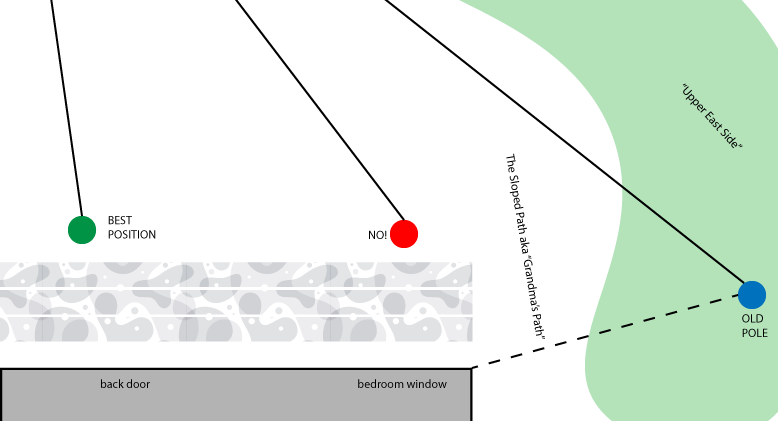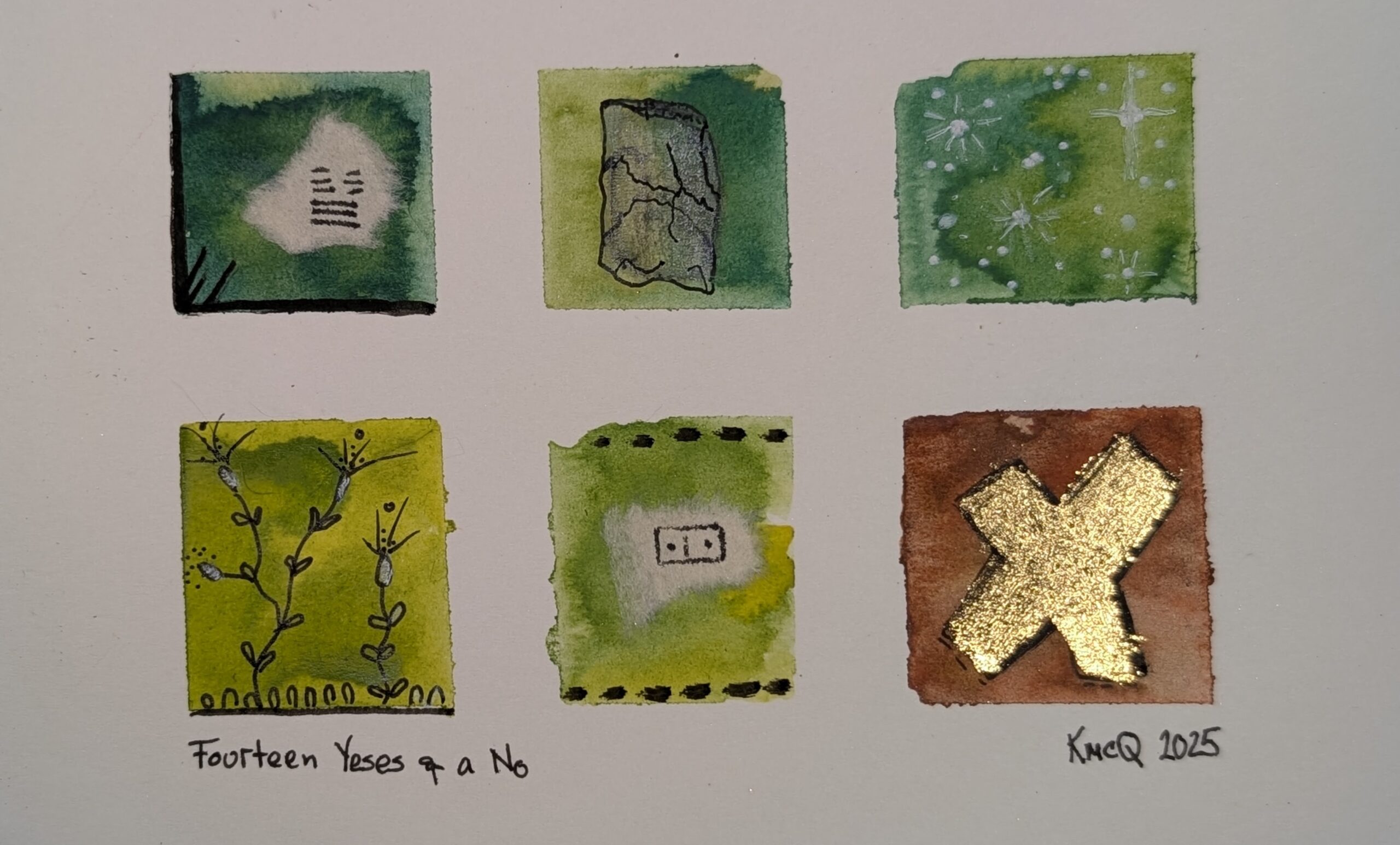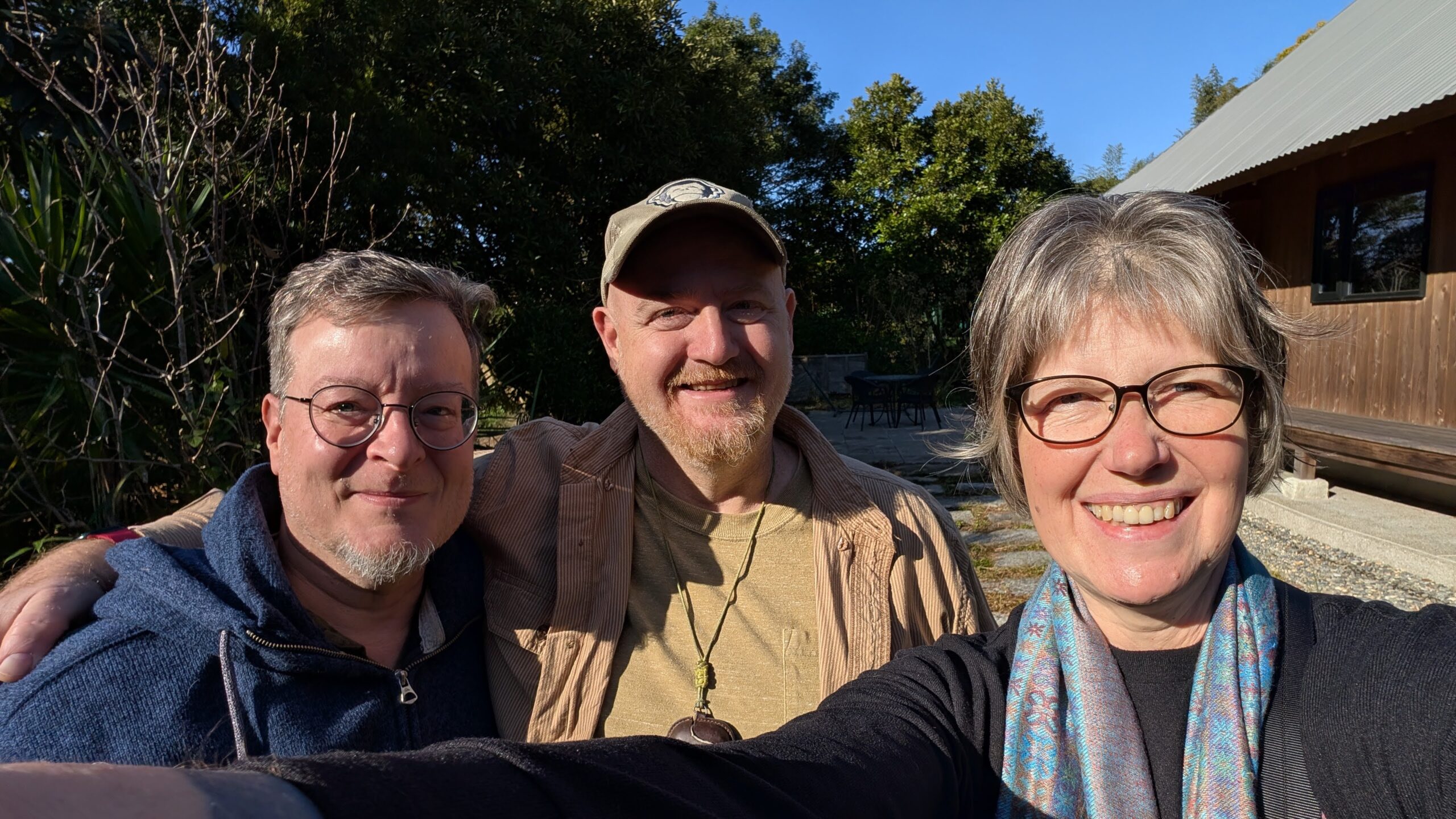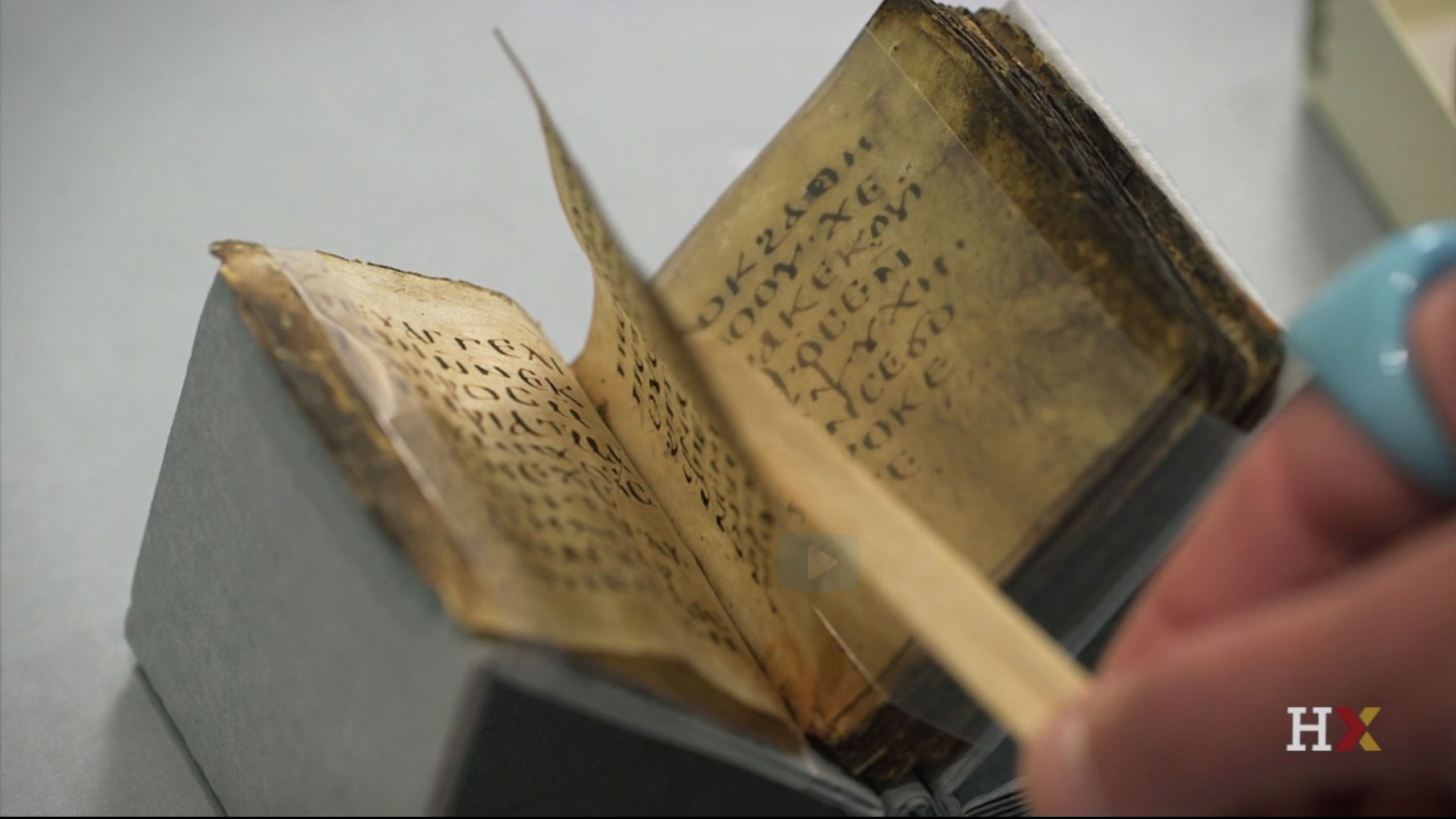It’s been some weeks now that the location of the electrical pole has been under discussion.

The existing pole is smack in the middle of the “Upper East Side” and it’s not entirely sightly. More importantly, it’s not to spec. The cable run from the main pole to the service pole is over 25 meters, which may have been okay in the 80s when this pole probably went in, but it is longer than they make them these days. Also, the new house is lower than the old kominka and the clearance from the ground to where the wire will attach to the house might be under the minimum – especially if you are standing on the sloped path at the back of the house.
Normally service poles are the owner’s responsibility, but in this case, the original pole is TEPCO-owned. So it seems like if it’s out of spec, it might be TEPCO’s problem and we won’t have to pay for changing it. So we checked into moving the pole.
The location the local subcontractor told us it could go was right outside my bedroom window. It avoids the sloped path problem and is just shy of the maximum cable run. But hell NO! I do not want to wake up to an electrical pole and its guy wire in my vision. Nope.

We consulted among ourselves, Steven taking time to draw it out in the ground for me. We thought we’d be best off if we put the pole over by the back door. It made logical sense: a much shorter cable run with minimal obstructions and as a bonus, it was closer to where we plan to put the main electrical breaker box.
The subcontractor was sympathetic in our second meeting but did not have authority to make the decision. So we had another meeting a couple weeks later, this time with TEPCO themselves. Those guys stood out in the pouring rain for an hour. I watched from the house.

I couldn’t help thinking of Our Town.
The upshot from that meeting is that there are three options:
- Use the existing pole. Pro: free! Con: we may have to reform the sloped path to meet safety regulations (so not actually free).
- Have TEPCO install the pole where we want it. Pros: still free; more in line with our choice. Cons: likely to cause scheduling delays, and also possible prefectural landslide safety requirements that would disrupt the property quite a lot. (*)
- Take ownership of the service pole and put it anywhere we want it. Pro: pole is logically placed. Cons: it’s 150,000 yen (~$1500) we didn’t budget for and it’s going to take time.
We have decided to go with option 1 as it is the most expedient. It was a lot of meetings and discussion and frustration all to circle back to the starting point, but at least we know what’s what now.
*The TEPCO guys were quite gloomy about the prospect of this area being designated a landslide zone by Chiba prefecture. They didn’t know, but they suspected. Everyone else was “Yes, that could be true. And if we go ask, they will know we are up to something. Better just not to check and go with a different option.”
Well, I had a look online and while it might not be the most thorough research ever, I found a prefectural report on landslide areas. According to the Chiba website, the only landslide area in Hiratsuka, my neighborhood, was designated in Showa 35 (1960) and I currently live right on the edge of it. There’s nothing at 555. On this map from page 19 of the 2021 report on landslide prevention projects in Chiba, I’ve marked 555 in orange:

I really had to satisfy my curiosity about this. Not only because the very Japanese “don’t stick your head up and get singled out” habit irritated me in that meeting, but also because I wanted to confirm that the hazard maps I had seen previously, which didn’t show 555 in any zones, were correct. They are. Whew.






